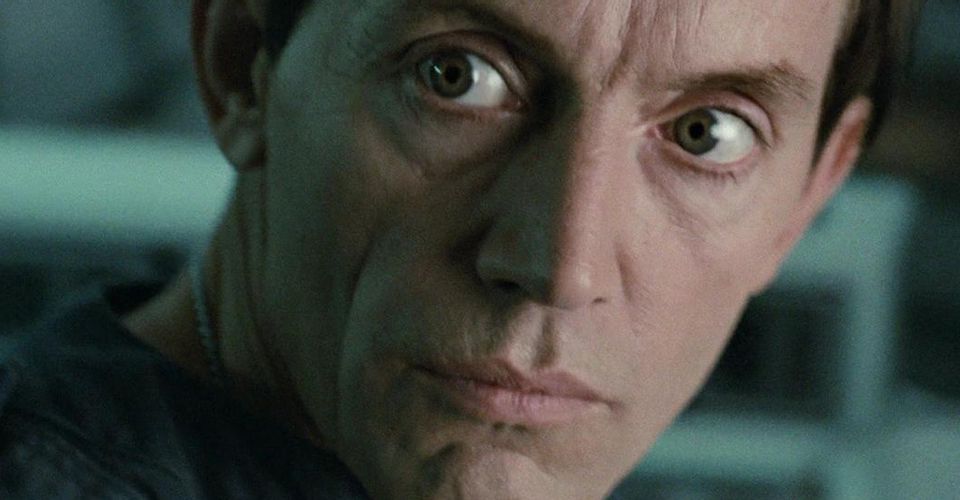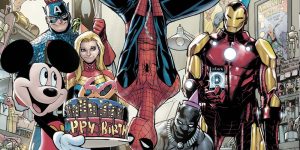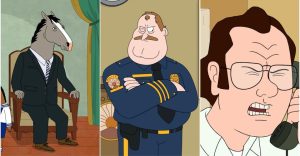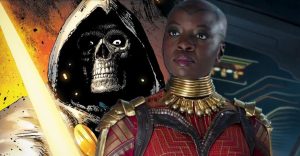Aliens Theory: Bishop Was Secretly A Villain

James Cameron’s Aliens is one of sci-fi horror’s best sequels, due in large part to its endearing cast of characters. One of the most important and memorable characters introduced in Aliens is the heroic “artificial person” Bishop, played by Lance Henriksen. Bishop is instrumental in saving the life of Ellen Ripley (Sigourney Weaver), and is a much friendlier version of the treasonous android Ash (Ian Holm) that Ripley knows from the original Alien movie. However, one widely discussed theory states that Bishop was secretly a villain and that he put the Xenomorph egg and facehugger, seen at the beginning of Alien 3, on the Sulaco.
In Aliens, Ripley is initially very distrustful of Bishop because of her bias against synthetics. By the end of the film, however, she has begun to trust him somewhat. He gains her trust through selfless acts like endangering himself to retrieve the Sulaco’s spare dropship and preventing Newt from being sucked out into space. He puts himself in harm’s way and is ultimately torn in half by the Xenomorph queen as a result. After Ripley throws the queen out of the airlock, she, Newt (Carrie Henn), Hicks (Michael Biehn), and the severely damaged Bishop go into cryostasis. They intend to head home, thinking that their ordeal is over. Unfortunately for them, it’s not.
At the beginning of Alien 3, their stasis is interrupted when a queen facehugger impregnates Ripley. This interruption causes the Sulaco to eject the survivors onto the nearest planet, which happens to be Fiorina “Fury” 161, home to a maximum security correctional facility and an ore refinery. Newt and Hicks don’t survive the crash, Ripley is carrying a Xenomorph queen, and Bishop is thrown into the garbage. In one shot, the Xenomorph egg that presumably held the queen facehugger is clearly seen open and empty above a cryostasis unit. The question is, how did it get there?
Is Bishop Secretly A Villain In Aliens?

The short answer is no, Bishop is not secretly a villain in Aliens. Bishop is clearly intended to be a heroic figure, and one of his main functions in the film is to provide a contrast to the evil android in the previous film. However, that doesn’t mean he’s not a villain, nor does it mean he didn’t put the Xenomorph egg on the Sulaco. There is nothing in the film that specifically exonerates him from being a villain, and as with many artificial people in the Alien universe, he could have been programmed to hide his real intentions—even from himself.
The theory that Bishop is secretly a villain in Aliens states that Bishop’s main goal, whether he knows it or not, is to acquire Xenomorph specimens for the company, and every action he takes is meant to get him closer to that main goal. All other goals, including protecting humans, are secondary. This claim actually could make sense: Bishop is, in fact, owned by the company and would most likely be programmed or incentivized to obey its orders. In Aliens, he even admits that the evil Burke (Paul Reiser) ordered him to preserve the facehuggers for transport back to the company. It would be safe to assume that he would continue to follow those orders despite Ripley’s protests against them. The theory also claims that he exaggerates the time he needs to get the spare dropship and uses that time to bring an egg from the surface to the Sulaco.
The only problem with these claims is that there is no evidence in the movie that he is anything other than what he says he is—an artificial person who is programmed to be incapable of harming “or by omission of action allow to be harmed a human being.” His actions overwhelmingly support this statement. On the other hand, the support for the theory’s claim that Bishop is secretly a villain is flimsy: one, he is an android; two, he works for the company; and three, he was absent for a long period of time.
This logic could also be used to claim that Hicks was secretly a villain. It’s just speculation, and the theory falls into the same trap as Ripley in the film. She judges Bishop based on her experience with Ash, and as a result, comes to the wrong conclusion about him. The theory does the same thing.
The Xenomorph Egg On The Sulaco Is A Plot Hole

Unfortunately, there is no official explanation for the presence of the egg on the Sulaco. Many have acknowledged it as a plot hole and nothing more. The filmmakers behind Alien 3 put the egg on the Sulaco as an early dramatic plot twist without considering the repercussions. They never anticipated that fans would become fixated on it and come up with numerous theories about how the egg got there. In the end, all those theories are just fun to think about because it’s irrelevant how the egg got there. The fact is that the egg is there, and it sets forth the events of the third film.
Of all the theories out there about the egg, the Bishop theory might be the most compelling one. The possibility of Bishop being a villain is interesting because, of course, that’s what Ripley initially sees him as in Aliens. Her past experience with androids blinds her to the possibility of trusting Bishop. In Alien, the android Ash betrays Ripley and her crew under orders from the company to bring a live alien specimen back to Earth at all costs. In Aliens, Ripley believes the same about Bishop, but she quickly learns that he is much different than Ash—he’s even selfless—and she begins to trust him.
Despite her softening to Bishop, however, Ripley never truly lets her guard down with him. In Aliens, when Ripley arrives at the rendezvous point after finding Newt, Bishop is nowhere to be found. Ripley screams into the sky, “Bishop! Godd**n you!” believing that he finally betrayed her. He hasn’t of course, and he brings the survivors to relative safety aboard the Sulaco.
Ultimately, Bishop’s selfless acts should be enough to clear him of being a villain, because if he did intend to bring Xenomorph specimens back to the company, he could have done so in a much safer way for himself and for the specimens. Among other things, Bishop could have simply flown the dropship back to the Sulaco alone, leaving the queen to have her way with Ripley and the others. He could then come back later with reinforcements to retrieve the specimens.
About The Author


















